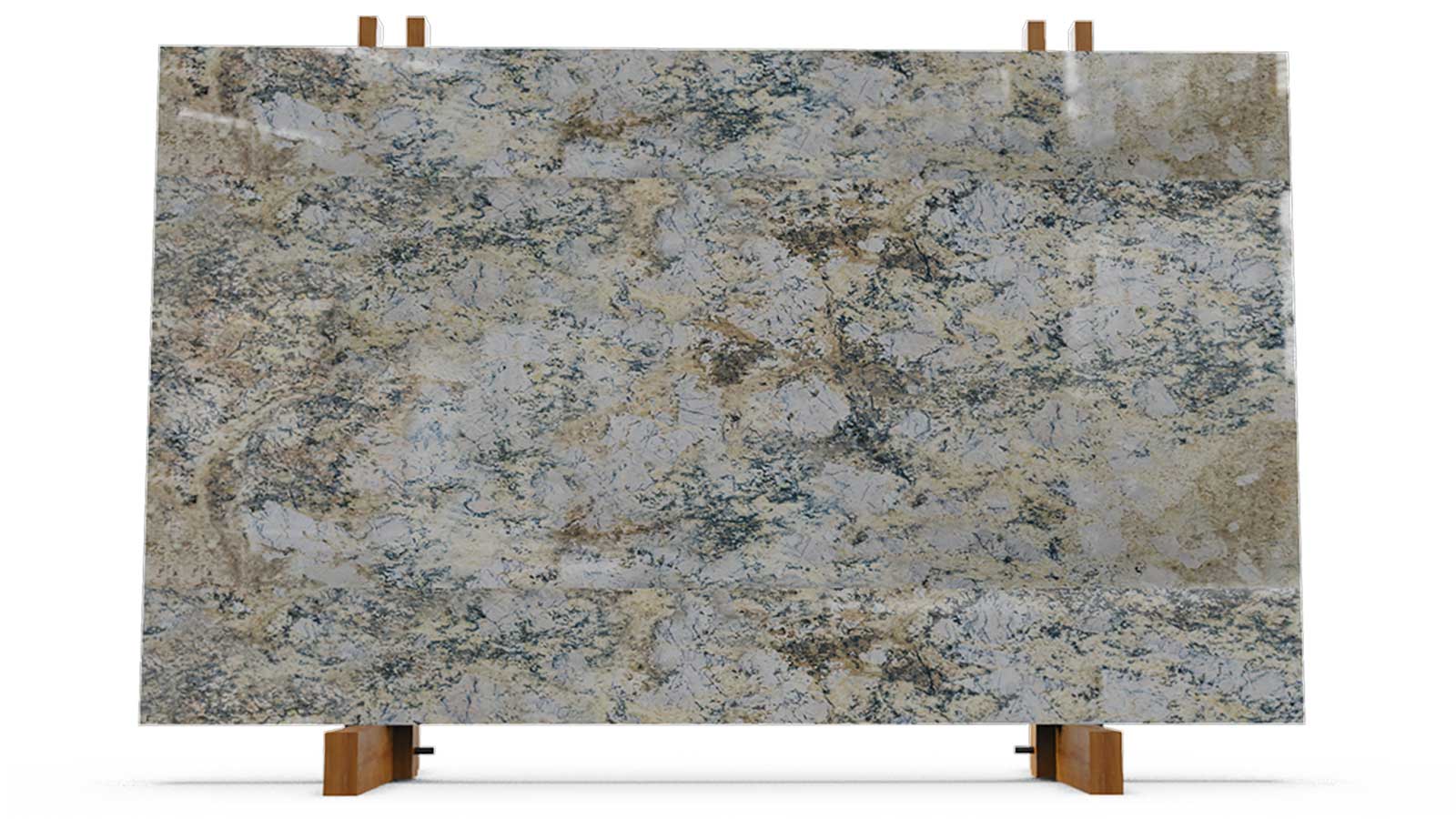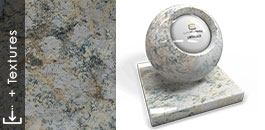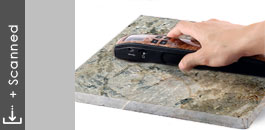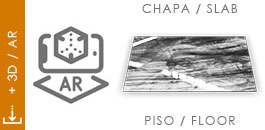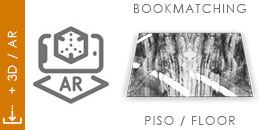Limoncello: Exotic Natural Stone of Elegance and Versatility
Limoncello is a type of natural stone classified as Pegmatite, standing out for its unique beauty and durability. Extracted in Brazil, this material is widely used in interior design and decoration projects, thanks to its exceptional aesthetic and structural characteristics. In this text, we will explore in detail the properties of this stone, its applications, necessary care, and technical aspects that make it a preferred choice for architects and interior designers.
Technical Characteristics
Mineralogical Composition
The stone is mainly composed of quartz, feldspar, and micas, common minerals in pegmatites. This composition gives the stone a unique combination of hardness, shine, and resistance. Quartz, known for its wear resistance and hypoallergenic properties, is the dominant mineral, providing a solid and durable base. Feldspar adds nuances of color and shine, while micas contribute with veins and unique patterns that make each block of Limoncello an exclusive piece.
Color and Appearance
One of the most striking features of this stone is its predominantly light yellow coloration, evoking the refreshing and vibrant image of the Italian liqueur it is named after. This yellow base is adorned with veins and spots in shades of gray, white, and black, creating a sophisticated and distinctive visual. The combination of colors and patterns makes Limoncello a versatile choice, suitable for a variety of design styles, from the most classic to the contemporary.
Texture
The texture of Limoncello is granulated, due to the presence of crystals visible to the naked eye. These crystals vary in size, providing a rich and complex tactile sensation. The variable granulometry not only contributes to the visual aesthetics of the stone but also enhances its physical properties, such as slip resistance, making it a safe and elegant choice for floors and other surfaces.
Uses and Applications Interior Environments
This stone is widely used in various interior applications. Its durability and stain resistance make it ideal for kitchen and bathroom countertops, where heat and moisture resistance is crucial. Additionally, its distinctive look makes it stand out in wall coverings, floors, and fireplaces, adding a touch of elegance and exclusivity to any environment.
Decoration
Beyond its functional applications, Limoncello is also a popular choice for decorative elements. It can be used in tables, decorative panels, and other interior design components, where its natural beauty can be fully appreciated. The combination of unique colors and patterns of each piece allows for the creation of truly unique design elements that can serve as focal points in any space.
Care and Maintenance Cleaning
To maintain the beauty of the stone, it is essential to regularly clean it with warm water and a neutral detergent. It is important to avoid acidic or alkaline cleaning products, which can damage the stone’s surface. Proper cleaning not only preserves the stone’s appearance but also helps prolong its lifespan, keeping its aesthetic and functional properties intact over time.
Sealing
Applying a specific sealer for natural stones is recommended to protect the surface of Limoncello. Sealing helps prevent the penetration of liquids and stains, in addition to enhancing the stone’s natural shine. This process should be carried out periodically, depending on the level of use and exposure of the surface, to ensure the stone remains protected and aesthetically pleasing.
Avoiding Impacts
Although Limoncello is a resistant stone, it is advisable to avoid direct impact with heavy or sharp objects. Such impacts can cause surface damage or even fractures, compromising the stone’s structural integrity. Therefore, preventive measures, such as using cutting boards in kitchens, can help keep the surface of Limoncello in excellent condition.
Installation Surface Preparation
Before installation, the surface where it will be applied must be clean, dry, and level. Proper preparation of the base is crucial to ensure the stone’s adhesion and stability, preventing future problems such as detachment or cracks.
Adhesives
To fix Limoncello, it is essential to use adhesives suitable for natural stones. These adhesives are formulated to provide durable and resistant bonding, ensuring that the stone remains firmly in place even under intense use conditions.
Joint Sealing
The joints between the pieces of Limoncello must be properly sealed to prevent liquid infiltration, which can cause stains or damage to the stone. Proper sealing also contributes to the aesthetic appearance of the covering, providing a cleaner and more uniform finish.
Additional Information Geological Origin
Limoncello is formed from the solidification of magma rich in volatiles and at lower temperatures, a process that allows the formation of large crystals. This unique geological formation contributes to the stone’s exceptional aesthetic and physical properties, making it a valued choice in design and architecture projects.
History
Since antiquity, pegmatites like Limoncello have been valued for their beauty and resistance. These materials have been used in various architectural and artistic works over the centuries, highlighting their durability and aesthetic appeal. The tradition of using pegmatites in constructions and decorations continues to this day, with Limoncello being a popular choice among architects and designers seeking high-quality natural materials.
Conclusion
With its unique combination of aesthetic beauty and durability, Limoncello is an excellent choice for a variety of interior and decoration applications. Its mineralogical composition, distinct color and texture, along with its technical properties, make it a versatile and high-quality material. With proper care and maintenance, Limoncello can provide long-lasting beauty and functionality, adding a touch of sophistication and exclusivity to any project.

Want to know more about this and other SuperClassico materials?
Ask our AI your question here!
BookMatching
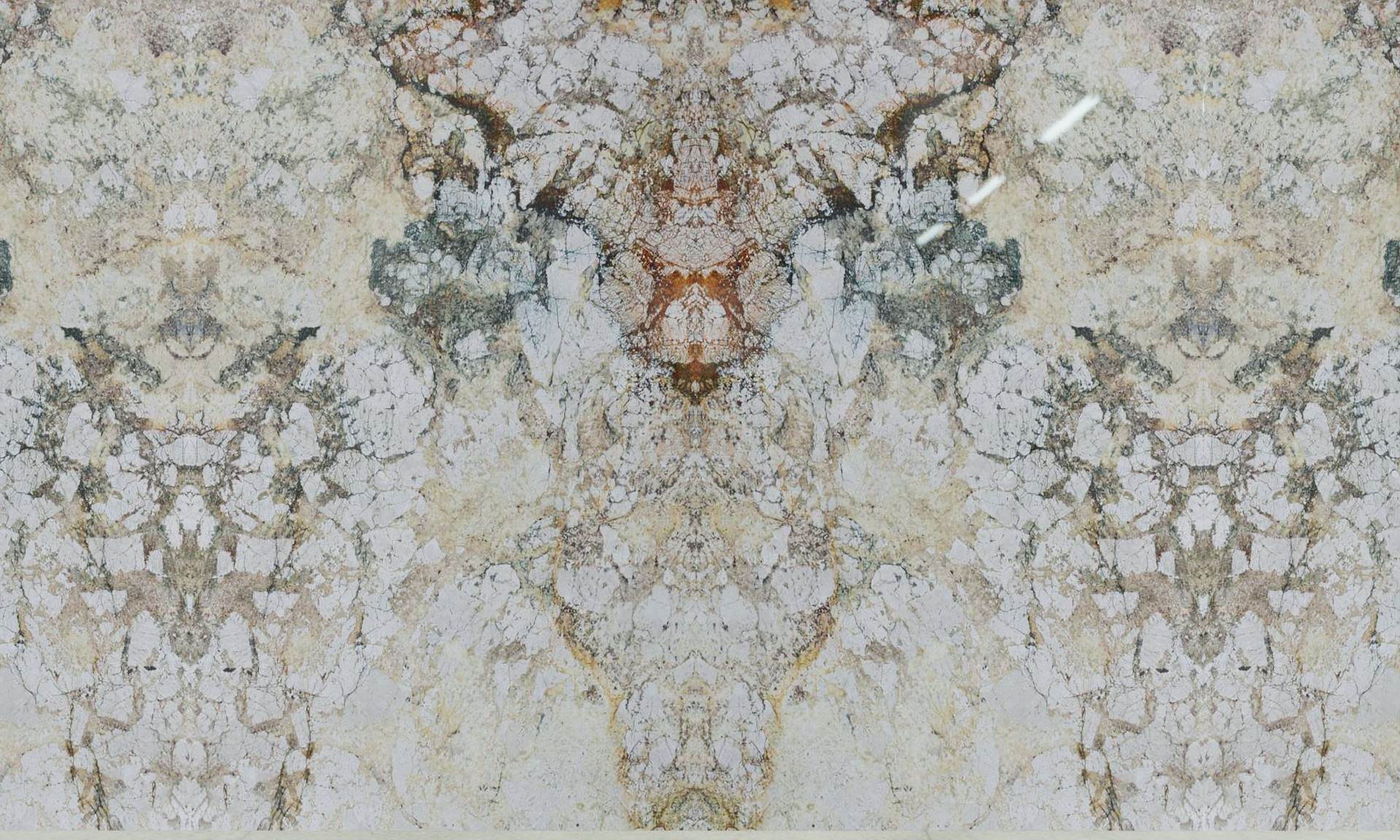 Vertical
Vertical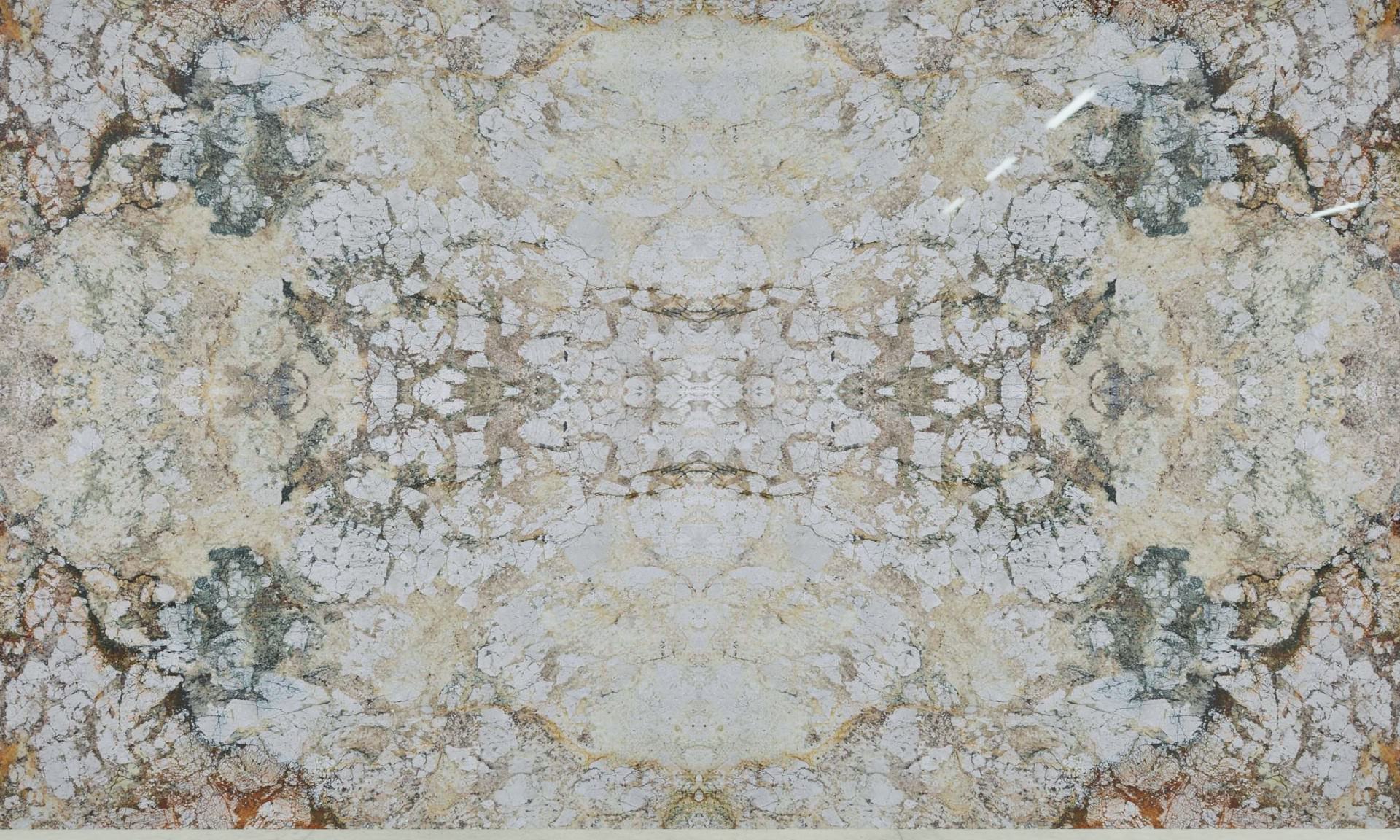 Horizontal
HorizontalFor Designers and Architects
| PETROGRAPHY CLASSIFICATION | PEGMATITE | |
| NORMA | TESTS | RESULTS |
| ABNT NBR 12766 | Water Absortion | 0,59% |
| ABNT NBR 12766 | Apparent Dry Density | 2586 kg/m³ |
| ABNT NBR 12767 | Compressive Strength83 | 96 mpa |
| ABNT NBR 12763 | Flexural Strength | 3,30 mpa |
| Abrasion Strength | 0,011 (cm²/cm³) | |
To simulate how a particular material would look as a floor, tabletop, or countertop in your home, use Augmented Reality technology on your smartphone. It’s easy! Just click on the “View in your space” button and you’ll be able to see the virtual object in your real environment. Try it now!
3D/AR View
Click on the CARDS below and choose different options to simulate the material with AR in your environment through your Smartphone’s camera.
Classification
Type: PEGMATITE
About
Limoncello – Natural Exotic Stone by SuperClássico
Composition
Surface Finishings
Polished
It is the “shiny” surface that results in the plate when receiving the complete finish, that is, until the last grain. Depending on its composition, the polished material may have a higher or lower brightness intensity.
Brushed
It is the resultant surface in the sheet when it receives roughing treatment performed by steel brushes or synthetic materials. Different brushing models can be executed, with greater roughness, medium and few.
Soft Leather
It is the resultant surface in the sheet when it receives roughing treatment performed by steel brushes or synthetic materials. Carried out with a brush of low roughness, which gives it a lightly textured look like fabric.
Flamed
It is the resultant surface in the plate when it receives heat treatment (burned with torch specially developed for the function) that takes out small flakes of the same, making the surface slightly irregular producing the impression that it is rustic.
Honed
It is the resultant surface on the sheet when receiving abrasive grinding wheels up to the grain 120. This grain defines the surface finish limit either as anti-slip or even for the application of resin and subsequent polishing.
Leather Finish
It is the resultant surface in the sheet when it receives roughing treatment performed by steel brushes or synthetic materials. Depending on the type of brushes used you can still reproduce in some materials a surface with a design similar to natural leather.

